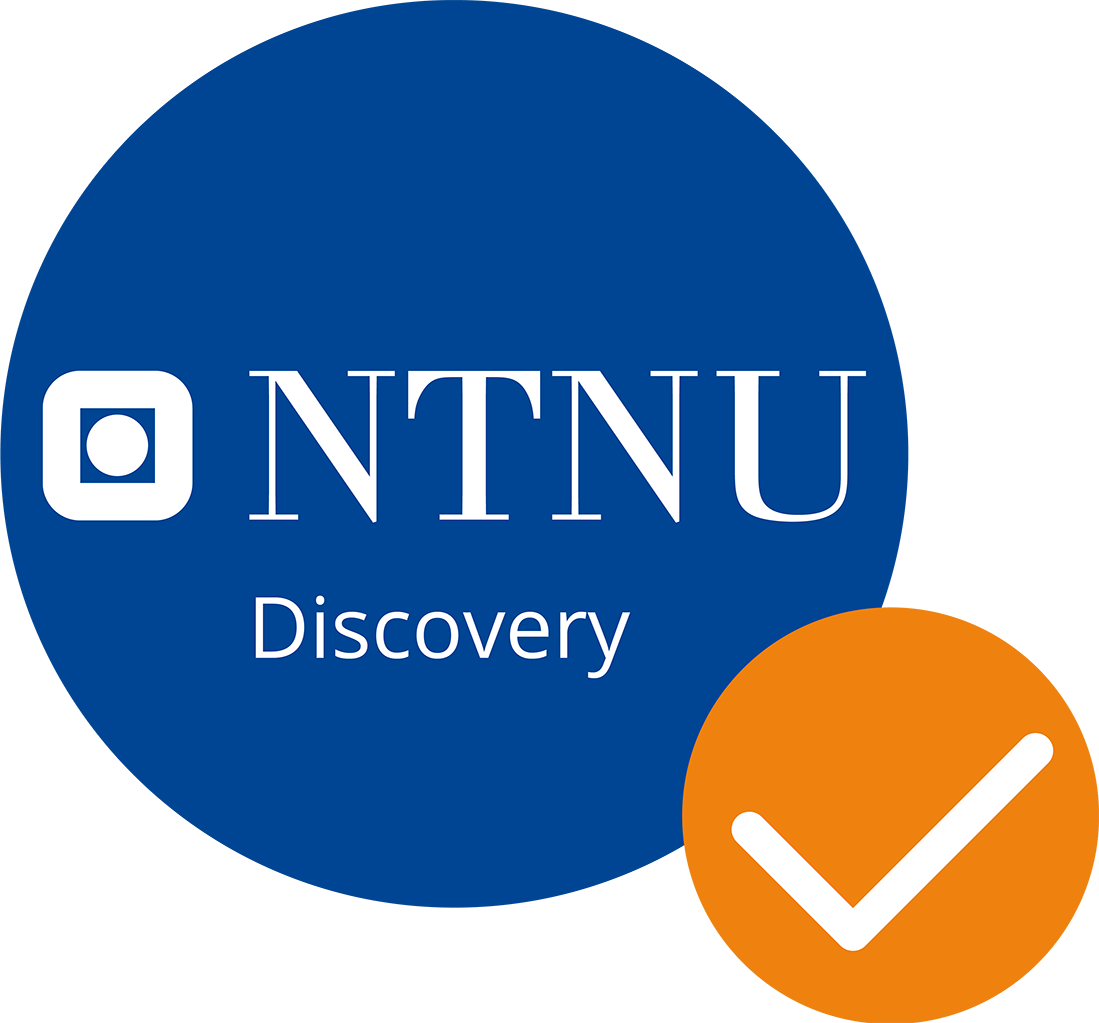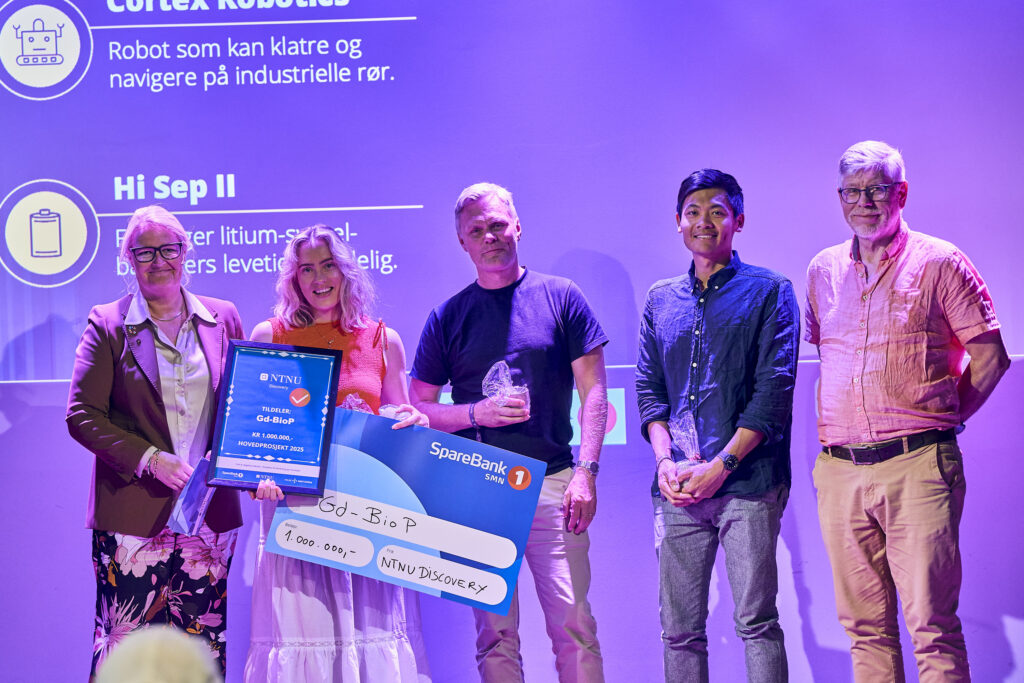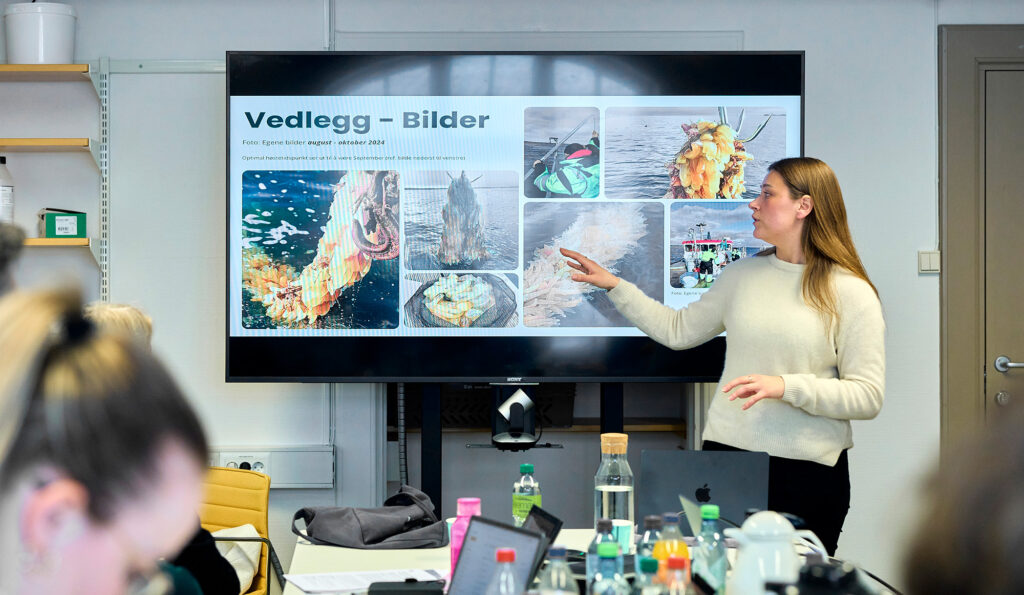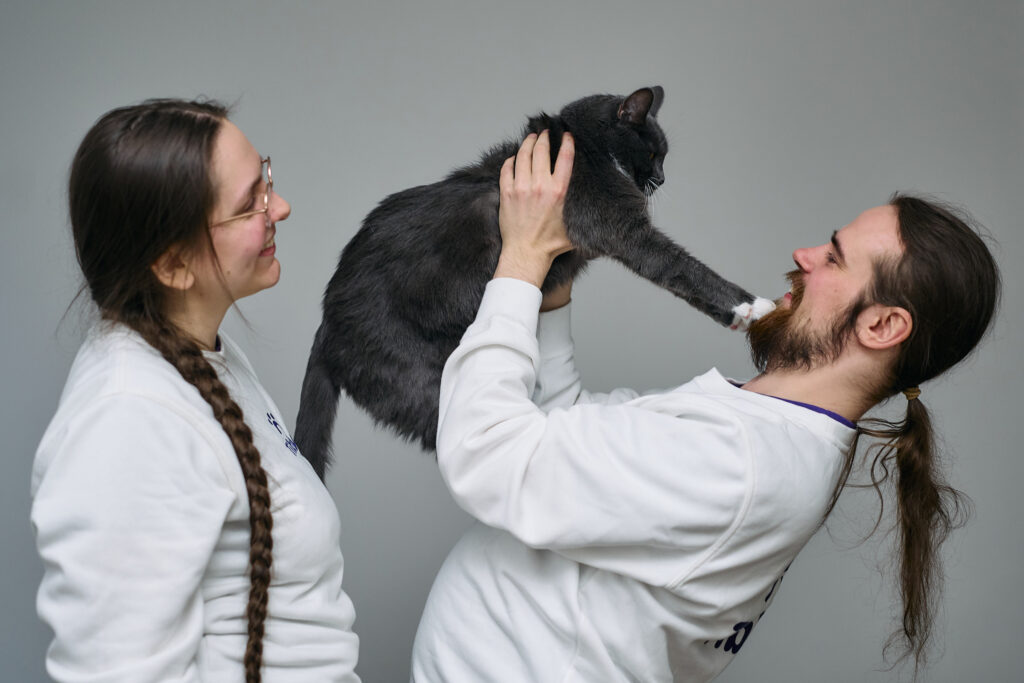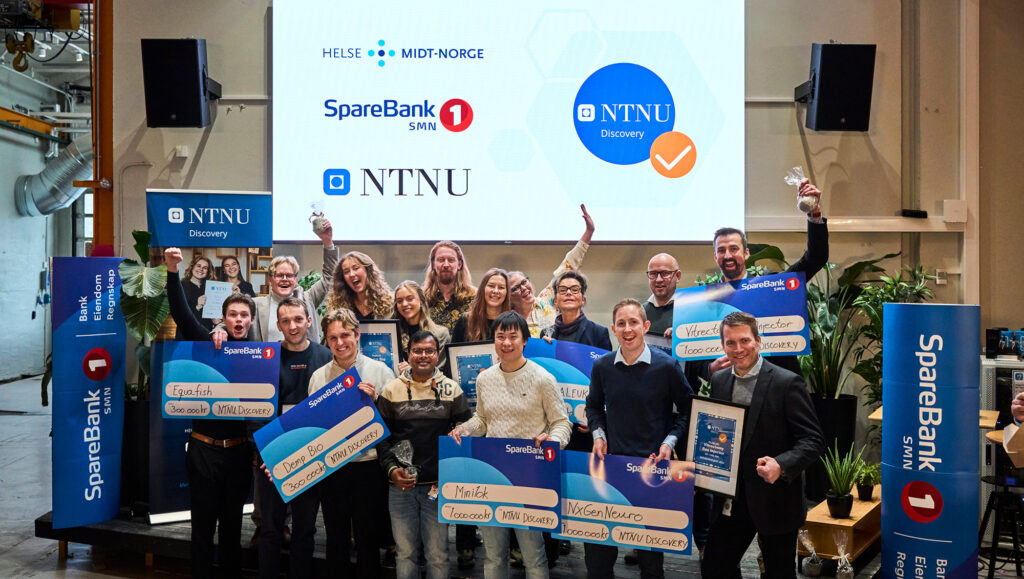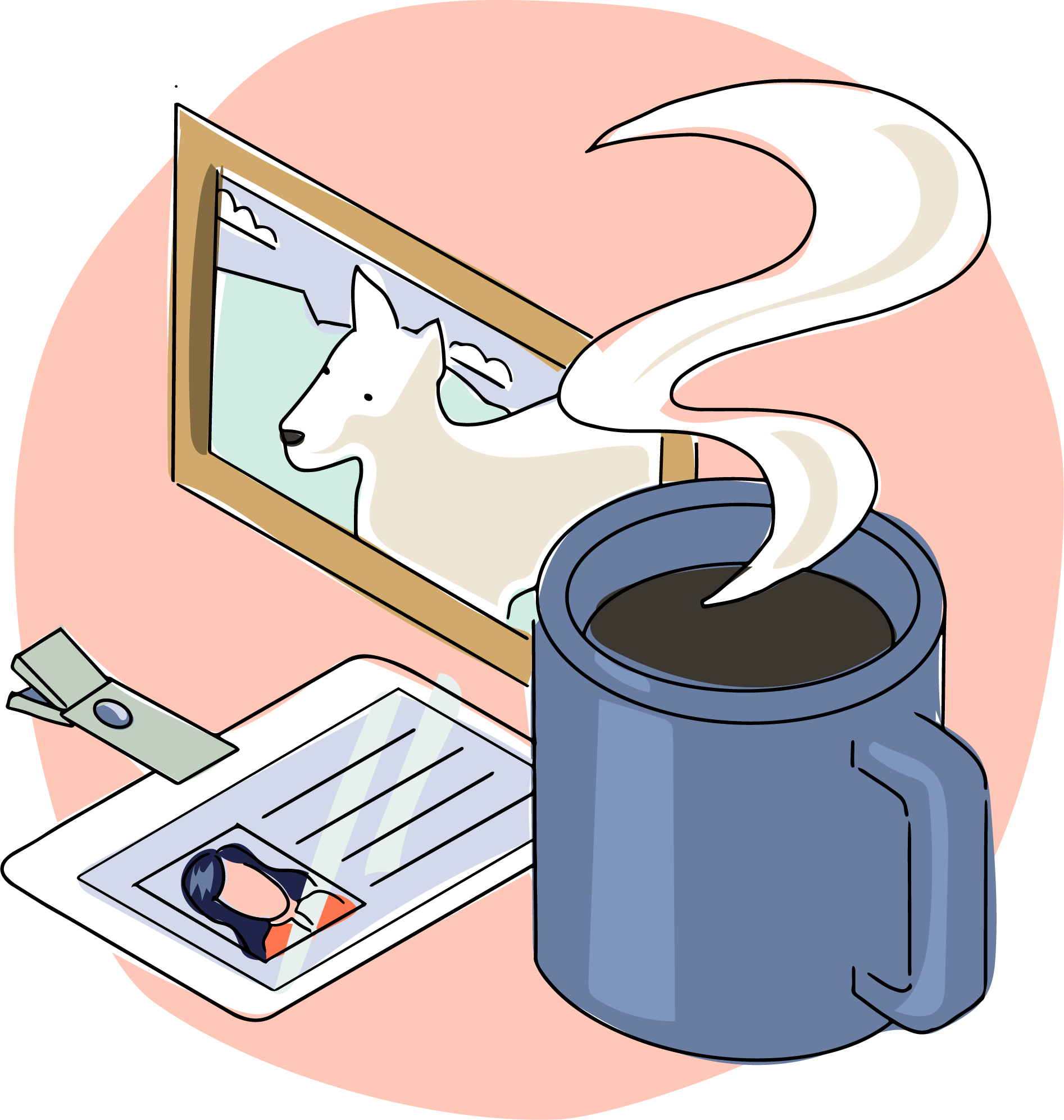Vil lære verden å snakke
Tekst: Anne-Lise Aakervik
Foto: synlig.no
Sounds Good har blitt til Capeesh og satser på å bli den foretrukne digitale språklæreren tilpasset brukernes unike læringsbehov.
I 2015 skrev vi om de to språkforskerne ved NTNU; professor Jacques Koreman og førsteamanuensis Olaf Husby, som med utgangspunkt i en database (CALST) utviklet et digitalt verktøy for trening av lytte- og uttaleferdigheter basert på brukerens morsmål. Sammen med TTO fikk disse støtte fra NTNU Discovery for å videreutvikle et hjelpemiddel for lytte- og uttaletrening.
I 2017 ble selskapet Sounds Good etablert med Marie Jacobsen Lauvås som daglig leder. Dette selskapet lager et nytt språkprodukt som baserer seg på samme teknologi.
Motoren i Sounds Good er i dag en avansert maskinintelligens som også benytter seg av CALST, som er et resultat av lang tids forskning ved Institutt for Språkopplæring og litteratur ved NTNU. Forskerne som har jobbet med dette har gjort et omfattende arbeid og har fonetiske fremstillinger av over 500 språk. Deriblant åtte varianter av norsk.
Pugging
Den beste måten å lære nye lyder i voksen alder er ved såkalt motorisk repetisjon av øvelser, altså pugging.
Det er ganske kjedelig å repetere lyder om og om igjen. Sounds Good ønsket derfor å finne en måte å gjøre det både morsomt, utfordrende og lærerikt. Kommersialiseringsprosjektet ved NTNU hadde allerede vist at produktet behøvde mer tilrettelegging med for eksempel spill-elementer for å gjøre det mer brukervennlig.
I oktober 2017 slo Sounds Good seg sammen med selskapet Box Of Words fra Oslo, som viste seg å matche kompetansen til Sounds Good perfekt.
En av gründerne, Matthew Smalley, immigrerte til Norge fra England, og skjønte raskt at han måtte lære seg yrkesvokabular på norsk da han fikk jobb i Norsk Tipping, og løsningen ble den gang å skrive ned nye ord på et Excel ark og deretter pugge. Noe som fikk de til å tenke at det må finnes en bedre måte å lære relevant norsk på. Sammen utviklet de et språkkurs som kan tilpasses individuelt.
Mange bedrifter ansetter folk fra hele verden, og har gjerne helt spesialiserte faguttrykk som man bør vite hva er på norsk og engelsk.
Raskt i gang
Capeesh er skreddersydd språktrening for bedriftsmarkedet. Mange bedrifter ansetter folk fra hele verden. Disse bedriftene har gjerne helt spesialiserte faguttrykk som man bør vite hva er på norsk og engelsk. De nyansatte trenger hurtig innføring i disse uttrykkene.
I selskapet har vi nå utviklet Capeesh, en programvare som kan skreddersy språkopplæring i industri-terminologi og uttale, men på en gøyal måte sier Lauvås. Studentene kan trene på unike øvelser samtidig som de mottar veiledning fra karakteren Lin. Som i andre spill kan man tjene seg opp poeng og rykke opp nivåer ved riktig svar. Det endelige målet er så snakke så flytende som mulig.
Globale ambisjoner
Selskapet har blant annet fått støtte fra Utdanningsdirektoratet for å utvikle et læremiddel i norsk for språklige minoriteter. Selskapet har også mottatt støtte fra Innovasjon Norge og Regionalt Forskningsråd. I 2019 er Capeesh en del av Eksperter i Team ved NTNU og innovasjonslandsbyen hvor fokuset vil være på utvikling og bruk av læremiddelet med studenter i førersetet.
Målsetningen for Capeesh er ikke liten. – Vi er i dag seks ansatte og en del konsulenter og vi ønsker å nå ut til millioner av brukere. Vi har et globalt marked siden vi gi opplæring i 6 språk (norsk, engelsk, tysk, fransk, spansk og nederlandsk), og kan skreddersy øvelser til over 500 morsmål. Og bedriftsmarkedet blir bare større og større i en global verden der folk jobber på kryss og tvers av landegrensene, avslutter Marie Jacobsen Lauvås.
Fakta Capeesh
Capeesh betyr ’forstår du?’. Ordet kommer fra italiensk capisce, som er tredje person entall bøyning av verbet capire, som betyr ’forstå’.
For å komme i gang med Capeesh må brukeren legge inn litt informasjon om seg selv. Det er språket man ønsker å lære, morsmål man snakker fra før og hva man ønsker å kunne snakke om. Eksempelvis faglige ting. Capeesh skreddersyr deretter alle øvelsene etter brukerens behov.
Les mer og prøv ut på hjemmesiden: www.capeesh.com
Prosjekter og nyheter
Kontakt:
Prosjektleder
Jan Hassel
Epost: jan.hassel@ntnu.no
Telefon: 906 53 180
Kontor: Hovedbygget, sokkel
Håvard Wibe
Epost: havard.wibe@ntnu.no
Telefon: 41 47 37 68
Kontor: Hovedbygget, sokkel

